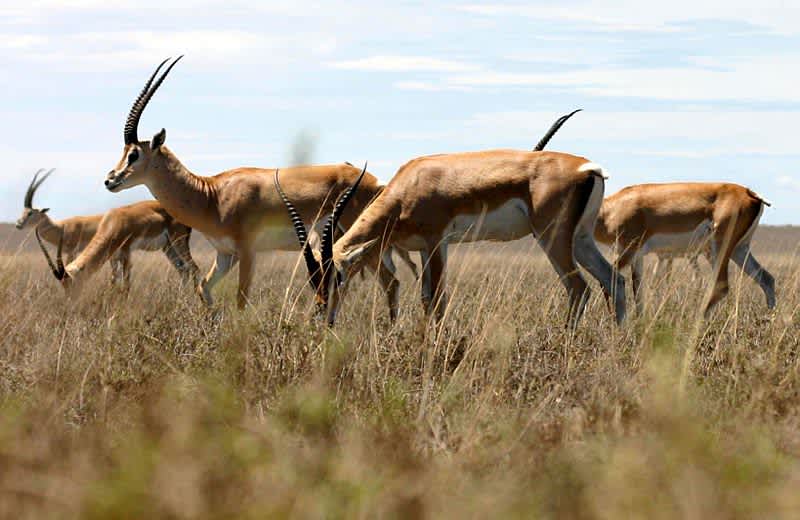New Study Examines Human Ancestors’ Hunting Behavior
OutdoorHub Reporters 05.13.13

Conventional knowledge would say that humans, since their earliest evolutionary incarnations, have always been hunters. In order to fulfill dietary needs, humans developed increasingly effective tools to hunt and harvest animals. It was a trait that early humans developed from their ancestors, but how far back does it stretch? A recent study by scientists at Baylor University says that hunting might have developed as recently as two million years ago by early stone tool users: our ancestors the Oldowan hominins.
Focusing on an archaeological find in the Kenya, Joseph Ferraro and his team have uncovered a trove of evidence nearly two million years old.
“Considered in total, this study provides important early archaeological evidence for meat eating, hunting and scavenging behaviors–cornerstone adaptations that likely facilitated brain expansion in human evolution, movement of hominins out of Africa and into Eurasia, as well as important shifts in our social behavior, anatomy and physiology,” Ferraro said.
According to the study, Oldowan hominins developed several adaptations to give them an advantage in their environment, including increases in brain and body size, an expansive home range and greater energy expenditures. These culminated in higher energy requirements, which meant a regular supply of meat.
Fossils discovered at the dig site showed ancient signs of butchering, presumably with stone tools. Where scientists were previously divided as to whether early human ancestors actively hunted or merely scavenged from already dead carcasses, Ferraro’s team provides evidence that Oldowan hominins did both. Smaller prey, such as ancient antelope and gazelle, were likely taken by hunters while the larger animals were recovered after they had been brought down by another predator. Scientists believe the animals were transported whole to the site, where they were cleaned and butchered.
“Our study helps inform the ‘hunting vs. scavenging’ debate in Paleolithic archaeology. The record at KJS shows that it isn’t a case of either/or for Oldowan hominins two million years ago. Rather hominins at KJS were clearly doing both,” Ferraro said.
This discovery would mark the earliest hominins with carnivorus behavior. The study reports that the hominin gastrointestinal tract gradually evolved from digesting fruits and plants to a more carnivous diet to extract complex nutrients found in meat. This new focus on meat “likely fueled brain expansion in the genus Homo,” and caused the species to expand outward from Africa.
The study can be read here.

